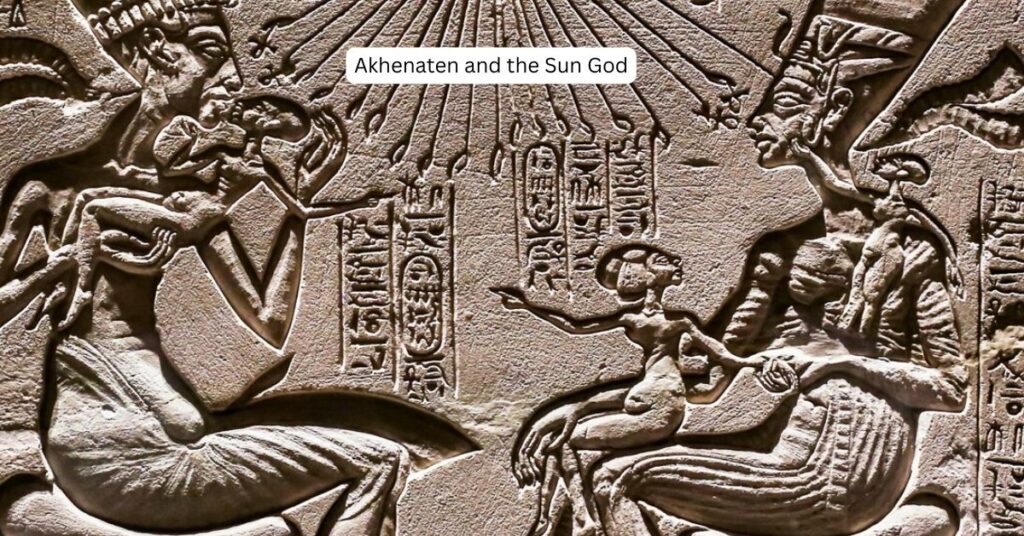Introduction
In the history of ancient Egypt, few pharaohs stand out as boldly as Akhenaten. Known for his radical religious reforms and devotion to the sun god Aten, Akhenaten remains one of the most intriguing and controversial rulers of the 18th Dynasty. His reign marked a dramatic departure from centuries of polytheistic traditions, as he introduced a form of monotheism centered on the worship of the Aten, represented by the radiant sun disk. This shift not only transformed religion but also had a profound impact on Egyptian art, politics, and society.
Who Was Akhenaten?
Originally named Amenhotep IV, Akhenaten was the son of Pharaoh Amenhotep III and Queen Tiye. Early in his reign, he followed traditional practices, but soon he embraced a new vision that would alter Egypt’s cultural and religious landscape. Around the fifth year of his rule, he changed his name to Akhenaten, meaning “Effective for Aten”, signaling his devotion to the sun god.
The Rise of Aten Worship
Before Akhenaten, Egyptians worshipped a pantheon of gods, with Amun being one of the most powerful. However, Akhenaten elevated the Aten, the physical sun disk, to the supreme deity. He declared Aten as the sole god worthy of worship, reducing the role of other deities and diminishing the influence of powerful priests, especially those of Amun.
To reinforce his devotion, Akhenaten built temples dedicated to Aten, the most notable being at his new capital city, Akhetaten (modern-day Amarna). These temples were open to the sky, allowing the sun’s rays to shine directly onto the altars, symbolizing Aten’s life-giving energy.
Akhenaten’s Artistic Revolution
Religious change was not the only hallmark of Akhenaten’s reign. Egyptian art underwent a radical transformation. Traditional depictions of pharaohs as stoic and idealized figures were replaced with more naturalistic and sometimes exaggerated forms. Akhenaten himself was often shown with elongated features, wide hips, and a protruding belly—an artistic style historians call the Amarna style.
These artistic innovations also portrayed the royal family in intimate and affectionate scenes, such as Akhenaten and Queen Nefertiti playing with their children under the rays of Aten. This marked a striking shift from the rigid conventions of earlier Egyptian art.
The Controversy and Legacy
Akhenaten’s reforms were met with resistance. By diminishing the power of Amun’s priesthood, he disrupted long-established religious and political structures. After his death, traditional practices were swiftly restored, and many of Akhenaten’s monuments and inscriptions were defaced or destroyed in an effort to erase his legacy.
Despite this, modern historians and archaeologists view Akhenaten as a revolutionary figure. Some even consider him a precursor to monotheism, as his worship of Aten was unique in a world dominated by polytheism. His vision, though short-lived, left a lasting impression on Egypt’s cultural and religious history.
Conclusion
Akhenaten’s devotion to the sun god Aten marked one of the most dramatic and fascinating chapters in ancient Egyptian history. His attempt to replace centuries of polytheism with a singular focus on Aten redefined religion, art, and politics during his reign. Although his reforms did not endure, Akhenaten’s bold experiment with religious innovation continues to captivate historians, offering insights into the complexities of power, faith, and cultural transformation in ancient Egypt.





